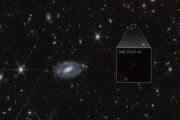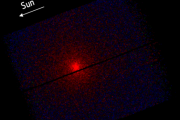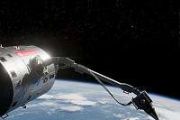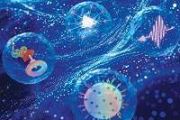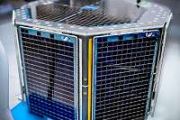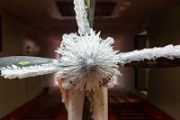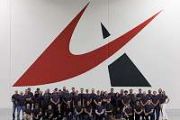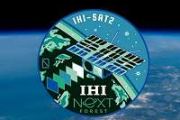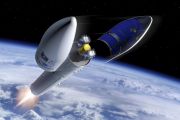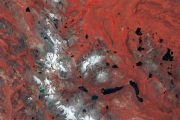
Copernical Team
Summer solstice 2024
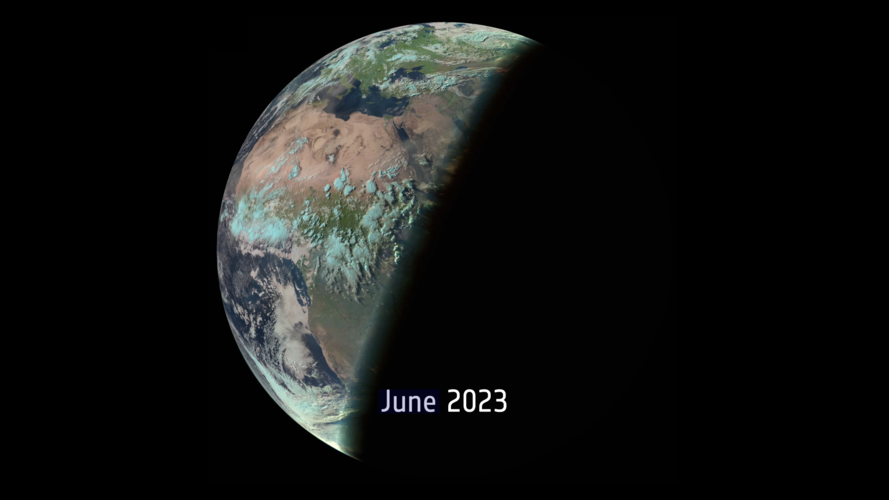 Video:
00:00:10
Video:
00:00:10
Summer officially begins in the Northern Hemisphere today 20 June, marking the longest day of the year. The summer solstice, which is when the Sun reaches the most northerly point in the sky, is set to occur tonight at 21:50 BST/22:50 CEST.
During the summer solstice, the Northern Hemisphere will experience the longest period of sunlight in a day or the longest day of the year. This is because of Earth’s position in orbit around the Sun and the way the North Pole is tilted towards the Sun during the solstice.
The Sun’s rays hit the Northern Hemisphere at their most direct angle, resulting in the
Hubble Telescope now relying on single-gyro 'pointing mode'
 NASA on Tuesday released a Hubble Space Telescope image captured by using a new pointing mode that uses just one gyroscope. The telescope resumed operations June 14 after a gyro issue took it offline for several weeks.
The new image is of NGC 1546, a nearby Dorado constellation galaxy.
According to NASA scientists, Hubble is expected to be capable of most of it science observatio
NASA on Tuesday released a Hubble Space Telescope image captured by using a new pointing mode that uses just one gyroscope. The telescope resumed operations June 14 after a gyro issue took it offline for several weeks.
The new image is of NGC 1546, a nearby Dorado constellation galaxy.
According to NASA scientists, Hubble is expected to be capable of most of it science observatio Too young to be so cool: lessons from three neutron stars

ESA’s XMM-Newton and NASA’s Chandra spacecraft have detected three young neutron stars that are unusually cold for their age. By comparing their properties to different neutron star models, scientists conclude that the oddballs’ low temperatures disqualify around 75% of known models. This is a big step towards uncovering the one neutron star ‘equation of state’ that rules them all, with important implications for the fundamental laws of the Universe.
Scientists spot hidden companions of bright stars
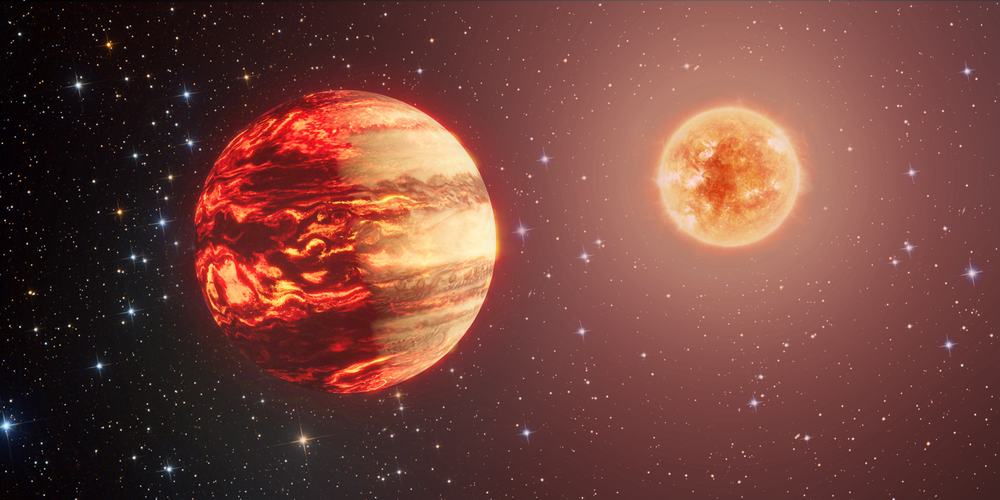
Photographing faint objects close to bright stars is incredibly difficult. Yet, by combining data from ESA's Gaia space telescope with ESO’s GRAVITY instrument on the ground, scientists managed just that. They took the first pictures of so far unseen dim companions of eight luminous stars. The technique unlocks the tantalising possibility to capture images of planets orbiting close to their host stars.
Researchers investigate the impacts of space travel on astronauts' eye health

As space travel becomes more common, it is important to consider the impacts of space flight and altered gravity on the human body. Led by Dr. Ana Diaz Artiles, researchers at Texas A&M University are studying some of those impacts, specifically effects on the eye. The findings are published in the journal npj Microgravity.
Gravitational changes experienced by astronauts during space travel can cause fluids within the body to shift. This can cause changes to the cardiovascular system, including vessels in and around the eyes.
As the commercialization of space flight becomes more common and individual space travel increases, astronauts will not be the only ones experiencing these changes. Individuals traveling to space with commercial companies may not be as fit or healthy as astronauts, making it even more important to understand the role that fluid shift plays in cardiovascular and eye health.
"When we experience microgravity conditions, we see changes in the cardiovascular system because gravity is not pulling down all these fluids as it typically does on Earth when we are in an upright position," said Diaz Artiles, an assistant professor in the Department of Aerospace Engineering and a Williams Brothers Construction Company Faculty Fellow.
Drone racing prepares neural-network AI for space
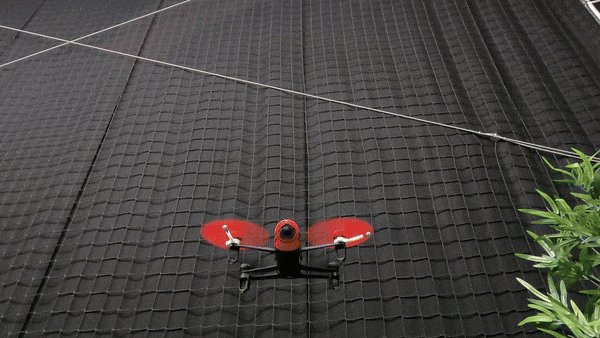
Drones are being raced against the clock at Delft University of Technology’s ‘Cyber Zoo’ to test the performance of neural-network-based AI control systems planned for next-generation space missions.
High winds delay SpaceX launch after a switch to Cape Canaveral
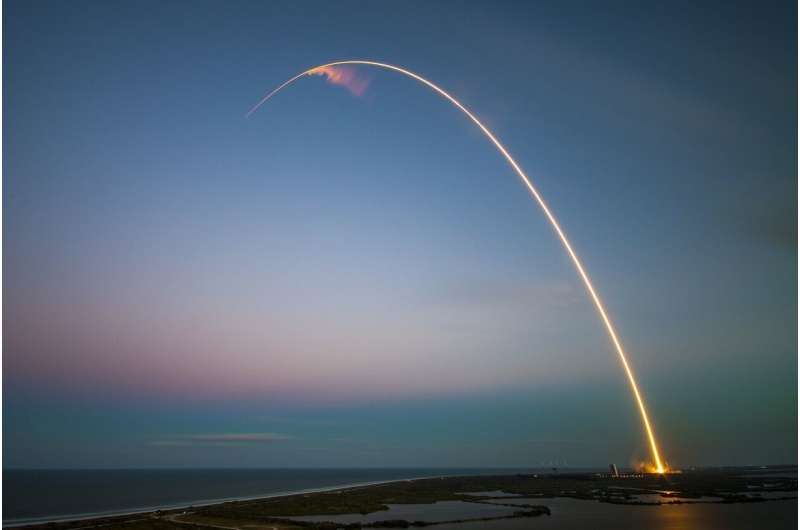
A late scrub due to weather on June 18 means it will have been at least 12 days since SpaceX last lit up the Space Coast sky with a rocket launch, the longest run between launches in more than a year.
It's not for a lack of trying, though. Bad weather and a scrub as the countdown clock hit 0 last week led to SpaceX taking down a Falcon 9 rocket for a Starlink mission and switching it up with a Falcon 9 to launch a European TV satellite. The first try on Tuesday night, though, faced high winds at the launch site.
The SES 24 mission flying the ASTRA 1P communication satellite for Luxembourg-based communications company SES will now try to launch from Cape Canaveral Space Force Station's Space Launch Complex 40 on Wednesday during a two-hour, 49-minute window that opens at 5:25 p.m. The satellite will service TV markets in Germany, Spain and France.
Space Launch Delta 45's weather squadron forecasts only a 45% chance for good conditions for June 19.
If it does launch, the first-stage booster will be making its ninth flight and will aim for a landing downrange on the droneship.
New training programs will prepare astronauts to perform medicine while thousands of miles away from Earth
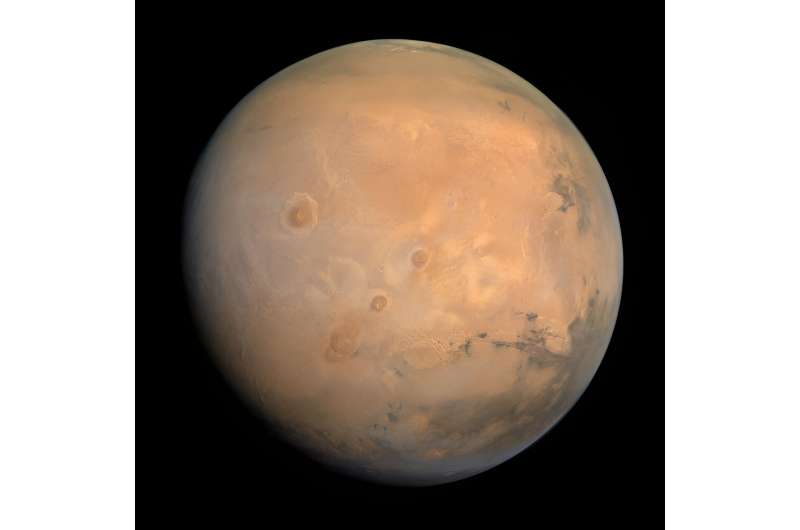
In the coming decade, more people will go to space than ever before as human spaceflight enters a new era. NASA, the European Space Agency and other governmental agencies are partnering to develop crewed missions beyond the moon. At the same time, these agencies are collaborating with private companies using new technologies to drive down the price of space exploration.
Companies such as SpaceX, Blue Origin and Sierra Space have developed vehicles with reusable boosters, automated flight systems and lightweight materials to support these deep space missions.
327th ESA Council : Media information session at ESA HQ
 Video:
00:36:48
Video:
00:36:48
ESA Director General Josef Aschbacher and ESA Council Chair Renato Krpoun brief journalists on decisions taken at the ESA Council meeting held in Paris on 18 and 19 June 2024.
Φsat-2 website for navigator

Φsat-2






